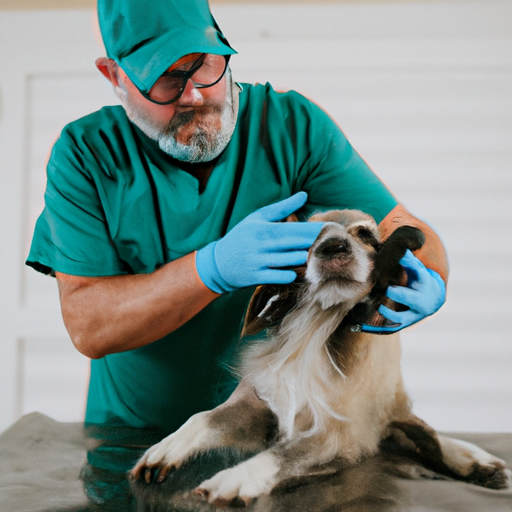Dogs are more than just pets; they’re a part of the family. As care-givers, it falls upon us to ensure our four-legged friends are in the best of health. One often overlooked aspect of canine health is anal gland care. Yes, it’s not a pleasant topic, but it is crucial for your dog’s comfort and wellbeing. So, let’s explore the process of how to excrete dogs’ glands.
H2: Understanding Your Dog’s Anal Glands
Your dog’s anal glands, sometimes called scent glands, are two small pouches located on either side of your dog’s anus. These glands produce a substance with a potent smell that dogs use for territory marking and identification.
- Location: The glands are located between 4 and 8 o’clock positions if you consider the anus as the centre of a clock.
- Function: They naturally empty during bowel movements. However, some dogs may have trouble excreting these glands, leading to discomfort and potential health issues.
H2: Recognizing Signs of Anal Gland Issues
If your dog’s glands are not excreting properly, they may show certain signs. Here’s what you should look out for:
- Scooting or dragging their rear on the floor
- Excessive licking or biting at the rear
- Difficulty sitting or discomfort while sitting
- Foul-smelling secretion from the anus
H2: How to Excrete Your Dog’s Glands at Home
While it’s a task that’s not for the faint of heart, you can excrete your dog’s glands at home. Here’s a step-by-step guide:
- Gather necessary supplies (gloves, paper towels, warm water, mild soap).
- Lift your dog’s tail gently.
- Locate the glands.
- Apply gentle pressure on both sides.
- Clean the area after the glands have been expressed.
Always remember, if you’re uncomfortable doing this or if your dog exhibits signs of pain, seek professional help.
H2: When to Seek Professional Help
While you can perform this task at home, certain situations warrant a professional’s expertise.
- Persistent Issues: If your dog continues to show discomfort even after at-home gland expression, it’s time to visit the vet.
- Infection or Abscess: Signs of infection include swelling, redness, and pus around the anus. Don’t attempt to treat this yourself.
H2: Prevention and Maintenance
Maintaining your dog’s overall health can help prevent anal gland issues. This includes:
- Regular exercise
- A balanced diet to ensure firm stools
- Regular grooming and check-ups
FAQ
Q: How often should I express my dog’s anal glands?
A: It varies from dog to dog. Some may need it monthly, while others rarely need it. If your dog shows signs of discomfort, seek professional advice.
Q: Can I hurt my dog by expressing their glands?
A: If done incorrectly, yes. It’s always better to seek a professional if you’re uncomfortable.
Remember, the care and comfort of your dog are paramount. As care-givers, it’s our job to ensure they lead happy, healthy lives.



